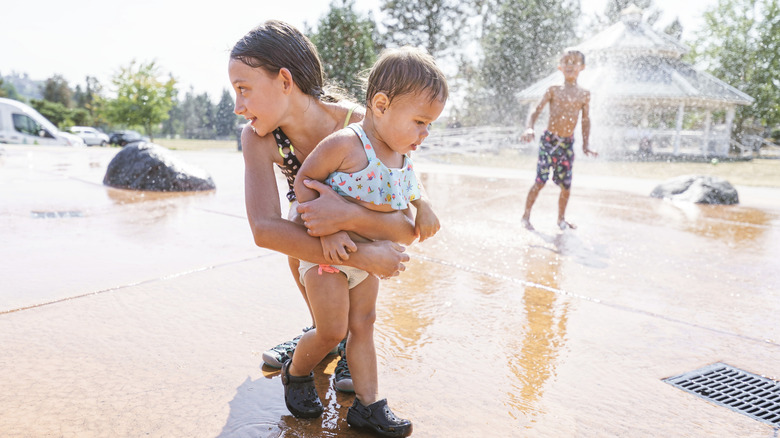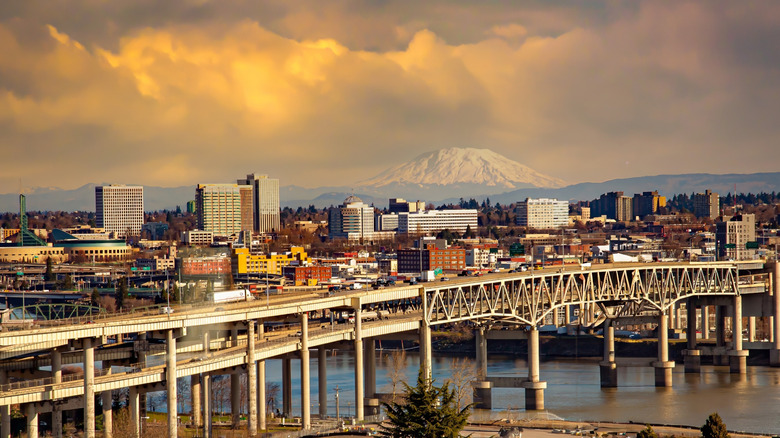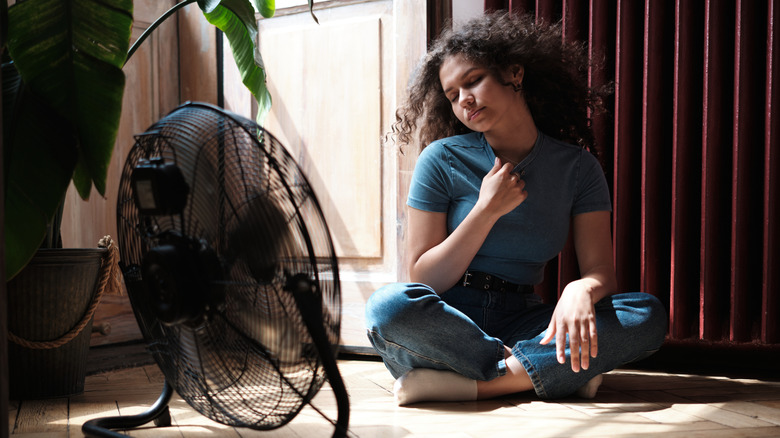Why Renters Should Worry About Oregon's Rising Temperatures (& What To Do About It)
The summer of 2021 brought the Pacific Northwest its hottest and longest-lasting heat wave in recorded history. The event killed over 1,400 people across the U.S. and Canada. This wasn't an isolated disaster but a signal of the region's dramatic climate shift, with extreme heat events becoming increasingly frequent and intense. The change aligns with worst-case climate modeling for the Pacific Northwest, where the likelihood of such heat domes has increased 150-fold as global warming intensifies. In Portland, Oregon, the 2021 heat wave caused temperatures to soar past 100 degrees Fahrenheit to a high of 116 degrees, resulting in over 100 heat-related deaths across the state and roughly 70 fatalities in Multnomah County alone. It marked the deadliest natural disaster in the county's 200-year history.
Since 2020, Portland has experienced 16 days above 100 degrees, a dramatic departure from the historical average of about one such day per year. This escalating heat crisis poses severe public health threats, especially for renters who face unique vulnerabilities. Unlike homeowners, renters often encounter significant barriers to accessing adequate cooling, which leave them at a disproportionate risk during prolonged high temperatures. The increasing frequency of these life-threatening heat waves demands urgent attention to protect those most impacted, as many rental units lack proper cooling infrastructure.
Who in Oregon is most vulnerable to heat waves, and why?
While Portland's renters are already burdened by high housing costs and limited power to upgrade their homes, rising temperatures are turning those disadvantages into serious public health threats. This became devastatingly clear during the 2021 heat dome, when over 100 people died in Oregon. 85% of deaths in Multnomah County, where Portland is located, occurred in homes without air conditioning, according to a comprehensive analysis published in Energy Policy in 2024 (via ScienceDirect).
The core issue isn't just the rising temperatures, but also the rental market's failure to adapt. Many rental units in the state — as many as 58% — lack adequate cooling, such as air conditioning. Until recently, renters were left sweating through record-shattering temperatures with no legal right to install cooling systems (Senate Bill 1536 changed that in 2022). Their buildings become thermal traps during heat waves, with a 2022 study by Portland Bureau of Emergency Management (via Portland.gov) finding that indoor temperatures in 82% of monitored affordable housing units in the city exceeded 85 degrees. In some cases, the temperatures rose this high despite the use of fans, air conditioners, and other, creative means of keeping the home cool.
Compounding this problem is the urban heat island effect, where densely built areas with higher concentrations of rental properties experience temperatures at least 8 degrees higher than surrounding areas due to heat absorption by buildings and pavement. Renters tend to be concentrated in these hotter zones (such as lower-income neighborhoods in East Portland) — areas lacking shade, trees, and cooling green infrastructure. In these neighborhoods, the danger is twofold: a hotter outdoor environment and indoor spaces that trap heat with no relief in sight.
Essential steps to take during heat waves in Oregon
Start by getting a portable air conditioner. Unlike heat pumps, which are expensive and require a compressor unit to be installed on the building's exterior, these ACs are compact and cost-effective, and you don't need your landlord's permission to use them. Low‑income renters in Portland can apply for a free or subsidized unit through the Cooling Portland program (call PDX 311) or via the Portland Clean Energy Community Benefits Fund. Multnomah County also distributes units to residents meeting certain income and vulnerability criteria.
When extreme heat strikes, immediate action is crucial. Accessing cooling centers, which may include air-conditioned libraries, community centers, and pools, can provide much-needed relief from the heat. Call 211 for information on nearby cool spaces and ways to get there. Simple cooling strategies can also significantly reduce indoor temperatures. For example, you should keep windows open from 10 PM to 8 AM to allow cooler air inside, then close them during the day to keep the hot air out. Meanwhile, shutting blackout curtains during the day can reduce solar heat gain by blocking UV rays.
Staying hydrated and monitoring health symptoms is also paramount during heat events. Sipping water throughout the day, even without feeling thirsty, and incorporating hydrating foods like cucumbers and watermelon helps maintain a healthy body temperature. Recognizing heat exhaustion symptoms, such as excessive sweating, shallow breathing, and a rapid heartbeat, enables early intervention before serious health complications develop. Strategic fan placement and limiting oven use can further help maintain cooler indoor environments when air conditioning isn't available.


